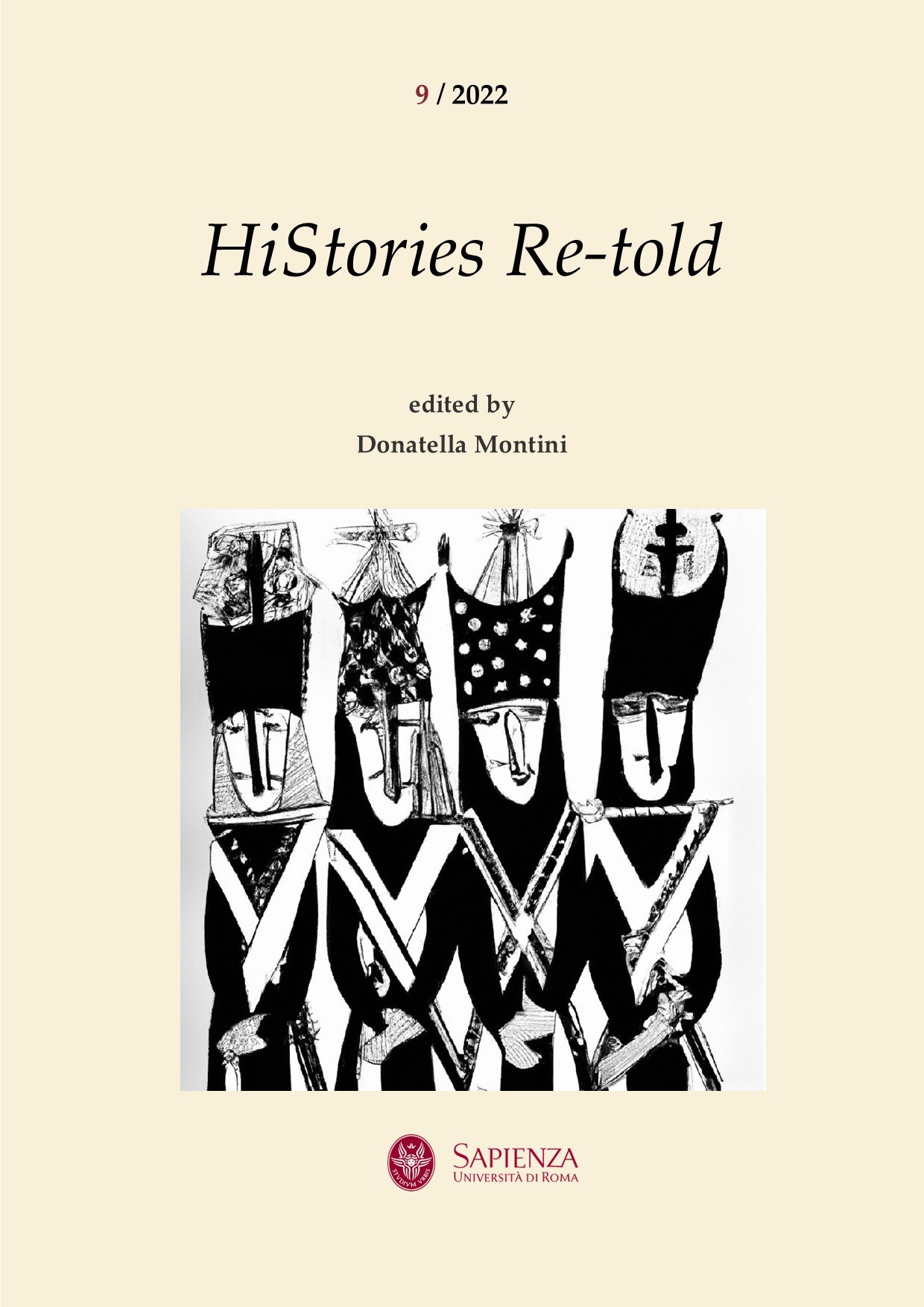Shelley: Ariel or Caliban?
DOI:
https://doi.org/10.13133/2283-8759/18255Parole chiave:
Shelley, The Cenci, The Tempest, BorrowingsAbstract
P. B. Shelley placed Shakespeare along with Milton and Dante amongst “philosophers of the very loftiest power” for their ability to communicate the “truth of things” and particularly stated that Shakespeare’s characters were “living impersonations of the truth of human passion” (A Defence of Poetry). We know Shelley absorbed Shakespeare from a very early age and this emerges from the numerous references we find in his poetry, prose, drama, and letters. As we shall see, The Tempest was a major source of inspiration: while in many instances the Romantic poet identifies himself with Ariel, in fact he has much sympathy for Caliban, a sympathy which in many ways anticipates what was to become a political interpretation of The Tempest, one that sees Caliban as the dispossessed native. But the borrowings or suggestions from Shakespeare’s plays extend to most of the Shelleyan production and it is clearly in Shelley’s most successful drama The Cenci that the influence becomes more tangible, with very specific references I will point to, especially on a theoretical level: a closer look at The Cenci will allow us to examine Shakespearean borrowings, structures, and themes and try to establish how much of its success is owed to this influence, also significant in Queen Mab or Prometheus Unbound. Therefore, the aim of this essay is to evaluate whether these Shakespearean echoes contribute to current critical appreciation, and whether, today, Shelley’s unflagging popularity is also, though clearly not only, due to his being an artist hovering, broadly speaking, between his vision of an Ariel and a Caliban.


